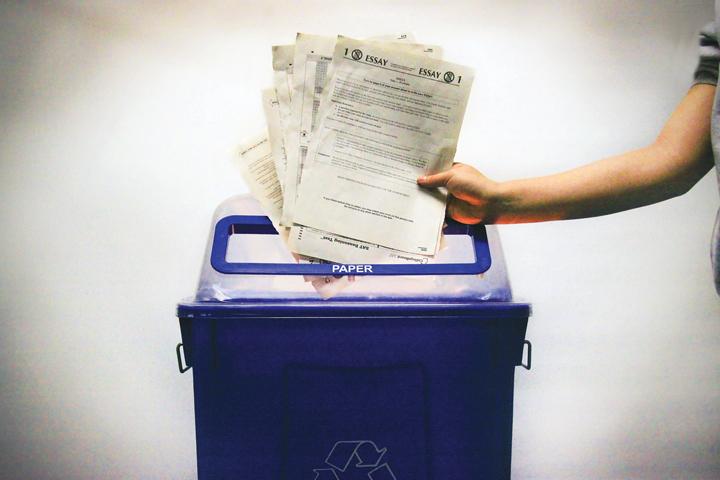In 1926, Carl Brigham, a Princeton University psychologist, administered an adaptation of an army IQ test to thousands of college applicants, testing a prototype of what would become the notorious SAT college admission exam. By 1948, the SAT had skyrocketed to a status as the basic entrance exam for universities across the United States. Half a century later, however, the standardized test and its cousin, the ACT, are facing strife over alleged bias and impracticality as measurements of academic ability—from the very colleges that adopted them.
Senior Connor Dunn said he was attracted to Colorado College’s lengthy distance from his hometown, Carmel, and the school’s block scheduling program, which allows Dunn to focus on one class at any given moment. Although Dunn said the fact that Colorado does not consider test scores in admission did not sway his decision, some would consider the policy an added bonus.
“(Test scores) aren’t required, but I provided the scores on the application anyway in hopes of scholarship money,” Dunn said. “I had a pretty good ACT score, so I should hope that it gave me a competitive edge.”
When the regular college application season closed on Jan. 1, Colorado College joined an ever growing list of universities in the United States that have changed their longtime policies by making submission of SAT and ACT scores optional in undergraduate admission. According to fairtest.org, an online organization dedicated to fair, open and educationally beneficial testing practices, the number of test-optional colleges now ranks at nearly 850 out of around 3,000 four-year institutions, a substantial increase from previous years.
Among the reformed universities, Wake Forest University is notable for being the first test-optional university that ranks within the top 30 universities of the United States. The conversion to a test-optional policy with the freshman class of 2009 depended largely on Joseph Soares, Wake Forest sociology professor and author of “SAT Wars,” a book that argues for the end of the standardized test as the basis of college admission. According to Soares, Wake Forest’s decision derived in part from the influence of Soares’ published work, which highlights the failure of standardized tests in predicting college success.

“It’s a tragic farce that the world thinks the SAT tells us who’s going to do well in college and who’s going to finish, when it doesn’t,” Soares said. “It’s a business, and it’s deeply entrenched in our lives. It’s a multibillion dollar industry, and they’ve got the wool pulled over everybody’s eyes.”
(See Wake Forest’s report on the changes in the student body following the test-optional policy.)
Measuring What Matters Least
The College Board openly acknowledges that test scores are not the sole indicators of academic ability. According to the website, “the combination of high school grades and SAT scores is the best predictor of your academic success in college.” However, Soares argued that the only true predictor of college success is performance in high school academics, with no emphasis on standardized tests whatsoever. Representatives of the College Board did not respond to prompts for a statement.
Soares said, “If you take high school grades, the high school transcript, and you put that on the table, and you want to predict how well someone’s going to do in college—measured as are they going to stay for the second year, are they going to graduate in four or six years, and what will their grades be in the first, second, third or fourth year—the SAT does not add anything to what you already can predict statistically from the high school transcripts. That is, it either adds nothing or it increases your statistical power by on average 2 percentage points.”
Harry Pettibone, counselor at the College and Career Resources Center, said he agrees that standardized tests like the SAT and ACT are poor judges of college success and academic prowess. Yet, he views the tests as necessary evils for now.
“Not everyone is a strong test taker, and what you do in four years in high school can be a better indication of what you’re going to do with the challenges and expectations of a college environment with four hours on a Saturday morning,”
Pettibone said. “There are many college officials who agree that they don’t think (students) should take a test. But we are numbers driven. The more selective the school, the more important these standardized tests are.”
Although Indiana State University does not require test scores in admission (but uses scores in class placement eventually), senior Evan Davis submitted his SAT score in his application because he said he felt that it would give him a competitive edge. Nevertheless, Davis said he recognized problems with the test and cited the lack of personal appeal as a possible deficit.
“I mean it’s nice to have at least something that all of us have to take as kind of a baseline, but it’s true that everyone does learn differently and everyone remembers differently, and sometimes to certain people’s learning types, it’s not very conducive,” Davis said. “A lot of people, like me personally, learn with music best, and a lot of people will study with music and not be able use music on the SAT. Silence is actually kind of distracting to me. Just sitting in a completely silent room with a bunch of people doesn’t seem like a very personal test taking environment.”
(See this New York Times analysis of test-optional schools.)
Based in Bias
Another complaint from university officials that has influenced many colleges’ becoming test optional is a long-standing history of purported social bias within the SAT and ACT. According to Soares, the argument that the tests discriminate against minorities has existed ever since the inception of the SAT. In the 1920s, the test was originally designed to show that “Nordics,” or white Anglo-Saxon Protestants, were superior to other peoples, but failed to do so.
Elements of the test’s discriminatory past remain. According to Soares, test administrators discovered by the early 1960s that the SAT’s predictive power for grades was still weak but that its correlation with family income was strong. They figured out by 1964 that a certain SAT score cutoff could assure that 60 percent of their students would have families who could write a check for the full class fees and room and board expenses. In turn, Soares said the test-optional change in policy often results in campuses with greatly increased diversity once the exam requirements are removed.
“It’s socially discriminatory,” he said. “Women score lower than men; blacks and Hispanics score lower than whites and Asians, but we do not get those same kinds of disparities throughout high school grades.”
While Dunn said he supports more schools adopting a test-optional policy, he expressed feelings of ambivalence toward the debate over the SAT itself.
“I guess having it be optional is better for students who either haven’t taken it or did poorly on it, especially if they did well in school but not as well as they thought they would do on the tests,” Dunn said. “But at the same time, I think that the tests are good indicators of how well you can think.”
(Check out the Collegeboard’s report on 2011 SAT statistics to judge for yourself.)
A Shift in Focus
Standardized tests have long been a focus of schools, especially the most highly competitive ones, according to Pettibone.

“I would say the more highly selective schools do put too much emphasis on them, whereas the other ones don’t as much,” Pettibone said. “There’s a small number that is truly highly selective that admits less than 50 percent…Those do put a stronger emphasis on (tests) than they should. They’re looking for ways to cut students out because they have so many slots to fill and they have to get down to whether you got a 700 or 650 on SAT math.”
But if colleges shelve test scores, what will the new emphasis be placed on?
Soares said high school performance in difficult courses, interviews and other factors of the application can pick up the slack. He said AP exams, IB exams and SAT subject tests were relatively strong indicators of academic knowledge as well. Yet, college preparedness cannot be measured solely in academic formats; it is a time of exposure, growth and experimentation.
According to the Fall 2011 edition of the Journal of College Admissions, the ability to socially experiment can be measured effectively in tests called “non-cognitive assessments.” Some colleges who have abandoned the standardized test have begun adopting these tests to measure what the SAT and ACT could not: creativity.
“Tests like the SAT and ACT don’t tell us anything about (creativity),” Soares said. “Getting students who are more creative makes for a much richer campus experience for everybody than just getting people who are really good at filling in multiple choice boxes.”
Slowly but Surely
Currently, almost a third of the colleges in the United States have eliminated submitting standardized test scores as an entrance requirement. Nevertheless, the vast majority of students continue to take the SAT and ACT, according to Pettibone, who still “vehemently” recommends taking both exams despite their alleged flaws.
“The reality is you have to meet what (admissions officers) want,” Pettibone said.
Soares said, “Students are still going to be taking the tests as long as enough of the colleges are still requiring (standardized tests) to make it look like it’s a hurdle that you have to leap, but it’s a terrible thing. It’s a waste of your time and a distraction from real learning.”
According to Soares, the steady rate at which universities are implementing the test-optional policy will surge when a top school like Harvard, Yale, Princeton or Stanford adopts the policy.
Soares said, “Students really should look at the list of institutions that are test-optional and ask themselves whether they want to spend the time, the anxiety, the money and the effort on a test that is a bad test.”










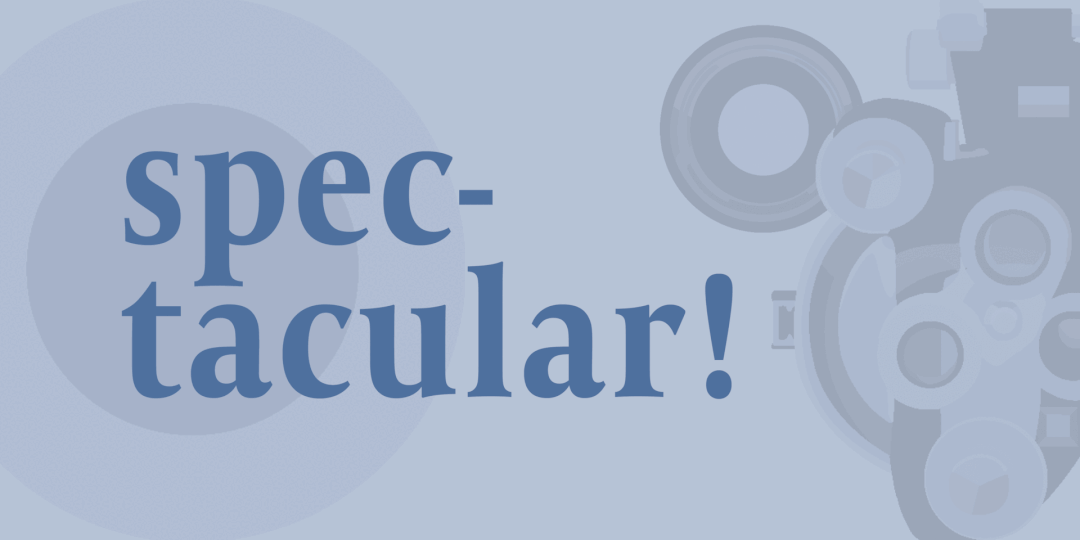



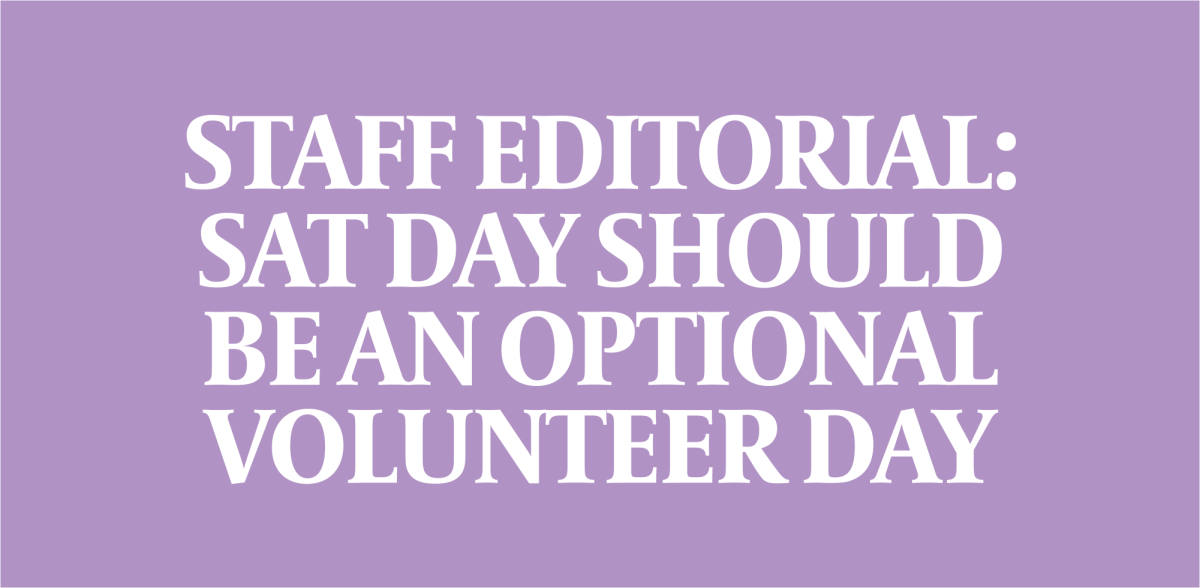










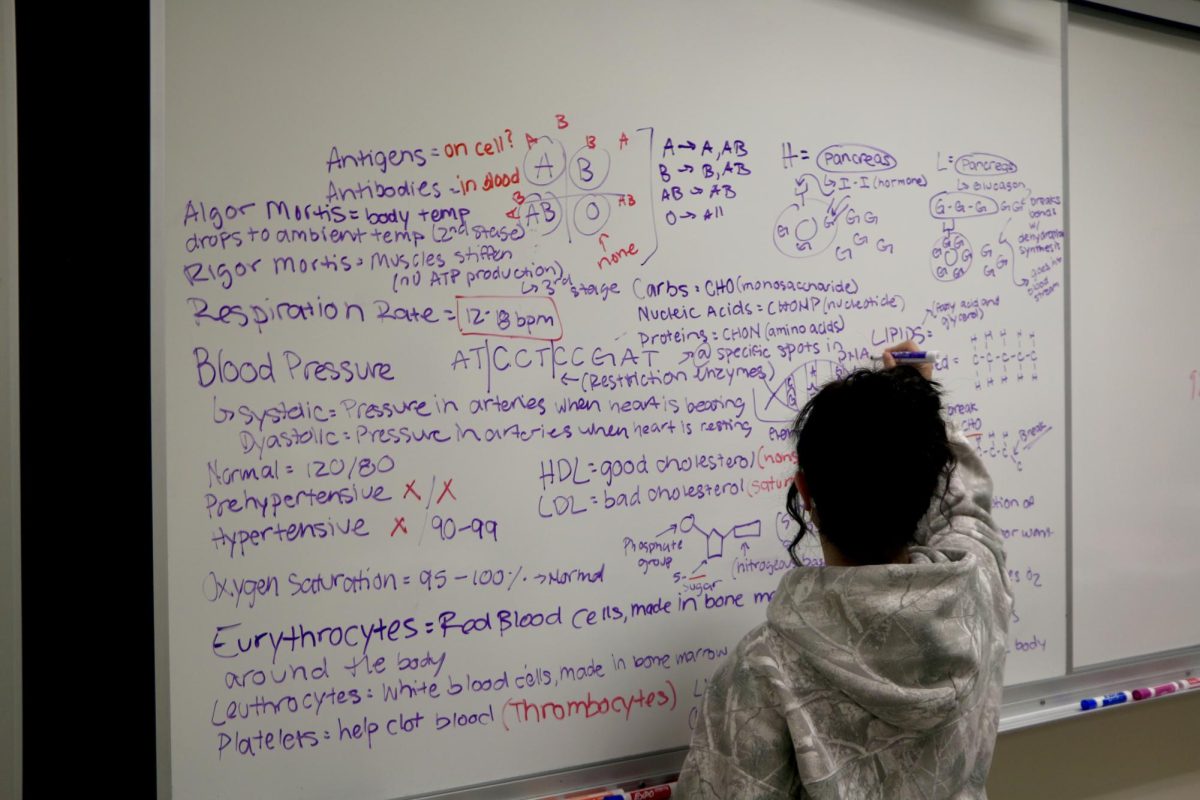





![AI in films like "The Brutalist" is convenient, but shouldn’t take priority [opinion]](https://hilite.org/wp-content/uploads/2025/02/catherine-cover-1200x471.jpg)



































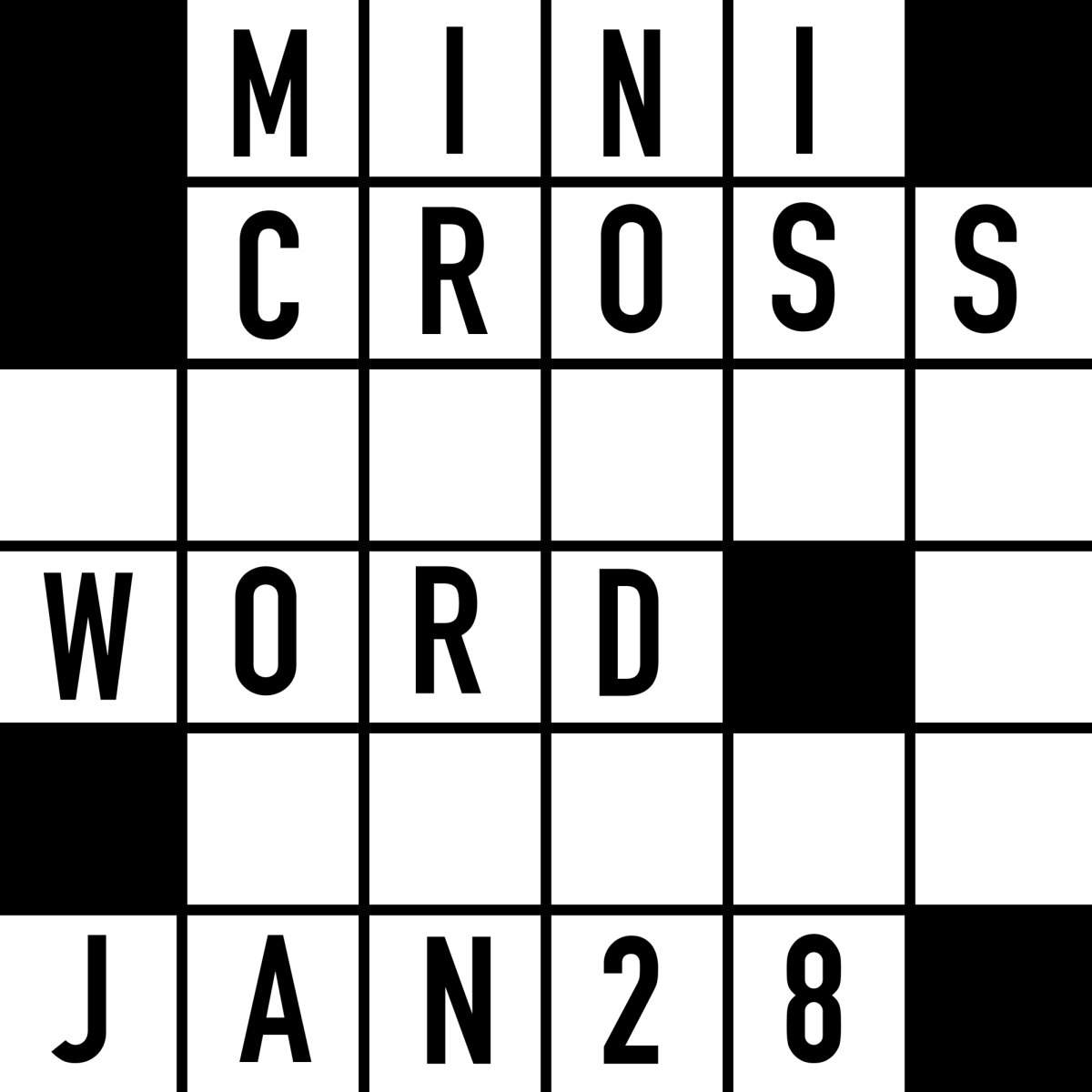









![Review: “The Immortal Soul Salvage Yard:” A criminally underrated poetry collection [MUSE]](https://hilite.org/wp-content/uploads/2025/03/71cju6TvqmL._AC_UF10001000_QL80_.jpg)
![Review: "Dog Man" is Unapologetically Chaotic [MUSE]](https://hilite.org/wp-content/uploads/2025/03/dogman-1200x700.jpg)
![Review: "Ne Zha 2": The WeChat family reunion I didn’t know I needed [MUSE]](https://hilite.org/wp-content/uploads/2025/03/unnamed-4.png)
![Review in Print: Maripaz Villar brings a delightfully unique style to the world of WEBTOON [MUSE]](https://hilite.org/wp-content/uploads/2023/12/maripazcover-1200x960.jpg)
![Review: “The Sword of Kaigen” is a masterpiece [MUSE]](https://hilite.org/wp-content/uploads/2023/11/Screenshot-2023-11-26-201051.png)
![Review: Gateron Oil Kings, great linear switches, okay price [MUSE]](https://hilite.org/wp-content/uploads/2023/11/Screenshot-2023-11-26-200553.png)
![Review: “A Haunting in Venice” is a significant improvement from other Agatha Christie adaptations [MUSE]](https://hilite.org/wp-content/uploads/2023/11/e7ee2938a6d422669771bce6d8088521.jpg)
![Review: A Thanksgiving story from elementary school, still just as interesting [MUSE]](https://hilite.org/wp-content/uploads/2023/11/Screenshot-2023-11-26-195514-987x1200.png)
![Review: "When I Fly Towards You", cute, uplifting youth drama [MUSE]](https://hilite.org/wp-content/uploads/2023/09/When-I-Fly-Towards-You-Chinese-drama.png)
![Postcards from Muse: Hawaii Travel Diary [MUSE]](https://hilite.org/wp-content/uploads/2023/09/My-project-1-1200x1200.jpg)
![Review: "Ladybug & Cat Noir: The Movie," departure from original show [MUSE]](https://hilite.org/wp-content/uploads/2023/09/Ladybug__Cat_Noir_-_The_Movie_poster.jpg)
![Review in Print: "Hidden Love" is the cute, uplifting drama everyone needs [MUSE]](https://hilite.org/wp-content/uploads/2023/09/hiddenlovecover-e1693597208225-1030x1200.png)
![Review in Print: "Heartstopper" is the heartwarming queer romance we all need [MUSE]](https://hilite.org/wp-content/uploads/2023/08/museheartstoppercover-1200x654.png)



